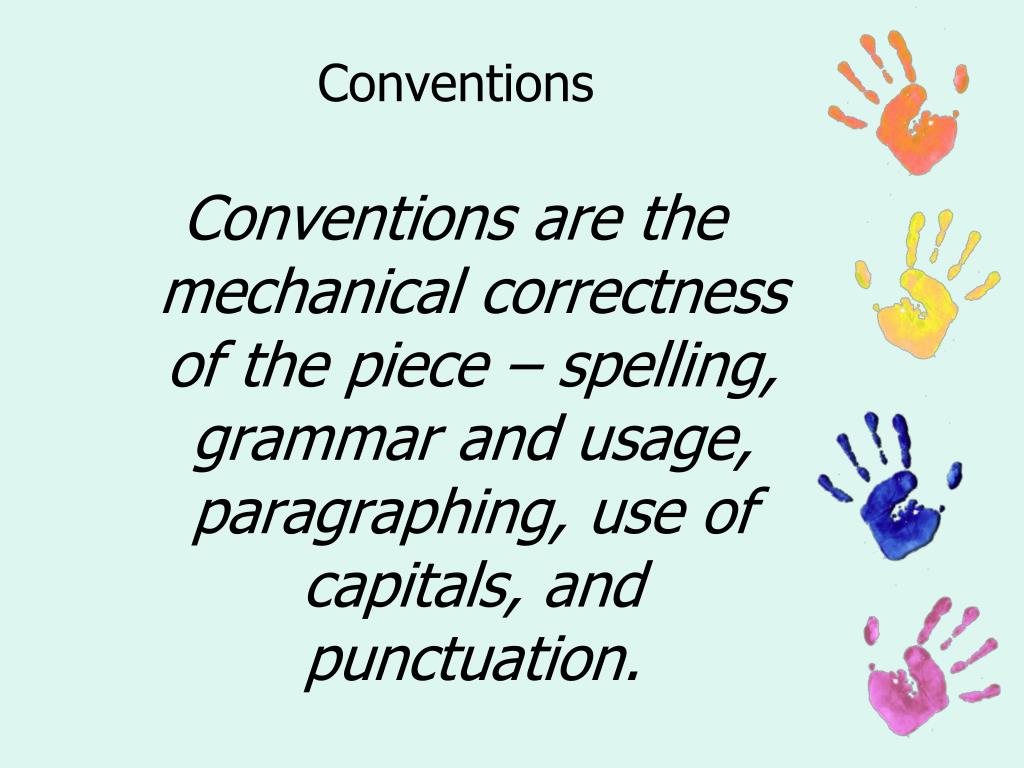

It may contain diagrams, flowcharts, illustrations etc. The title reveals what is being explained. Structure: Explanatory texts usually open with a general statement that introduces the topic to be explored, for example, “During the winter, some birds migrate to warmer parts of the world.” The various steps of the process are then explained in a logical order. They move beyond retelling what happened, such as in a simple report, to address the why and how of what happened. Purpose: Explanatory texts move beyond providing straightforward descriptions to looking at things like causes and reasons. For example, Should video games be considered a sport? or Due to technology, homeschooling should replace traditional schooling. Suggested Activity: An effective way to lead to writing a discussion text is to hold a discussion or debate in the classroom on a contentious issue or a topic that piques the interest of your class. Arguments are sometimes supported by diagrams, illustrations etc. Generic statements are followed by specific examples. The title is often in the form of a question. The conclusion will summarise both sides of the argument before giving a recommendation based on the writer’s evaluation of those arguments. At this point, the text will then begin to explore the various arguments for and against with an examination of the supporting evidence. Structure: Generally speaking, discussion texts will begin by providing background information on the issue before introducing the central area or areas of contention. Purpose: The purpose of a discussion text is to explore more than one point of view on a given subject in order to reach an informed opinion or to make a decision on an issue. Hyperbole: A Complete Guide for Students and Teachers. 13 Literary Devices to Supercharge your Writing Skills. 
Literary Devices & Figures of Speech Expand.Writing engaging Characters and Settings.5 Paragraph (Hamburger) Essay Structure.
Textual conventions how to#
How to Start an Essay with Strong Hooks and Leads.








